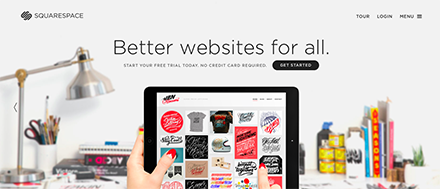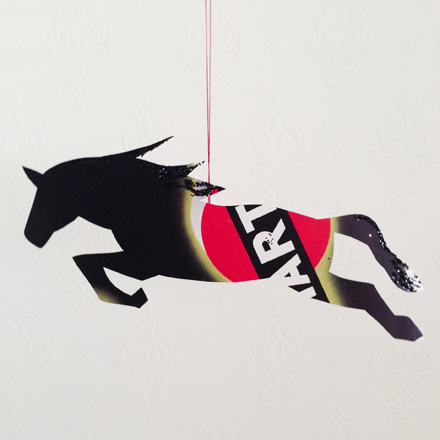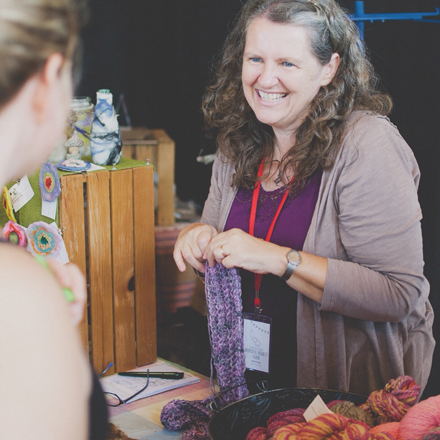11) The Outside Back
You're almost done! Staple dust cover fabric over the outside back of the chair frame, the same way you did for the outside arms, and place batting over it. Staple the batting in place and fluff it over the staples. Next, take the remaining welting and staple it, raw edges facing inward, around the outside back of the chair. I stapled welting on the top and sides but not the bottom of the chair back because I wanted the bottom of the chair to look the same on all four sides.
How do you staple the outside back cover of the chair, you ask? You don't. This is where you employ flexible metal tacking strip. It's tricky to use and will definitely bite you, but magically works. Staple the metal tacking strip inside the welting, with claws poking outward at you, but in the center of the chair. You're going to bend these claws toward the welting, grabbing the outside back of the upholstery fabric and enclosing the back of the chair. Bend the claws toward welting with your fingers, then pound completely closed with a rubber mallet.
After finagling the flexible metal tacking strip, the only part of chevron left to staple is the bottom. Work from the center to either side of the bottom of the chair frame like you have before.
12) The Dust Cover
¡Finalmente! You're really almost finished! Carefully turning your chair upside down on a clean surface (you don't want to get the fabric dirty), place dust cover fabric over the bottom of the chair. Tuck raw edges in and staple in place to keep critters out.
13) Reattach Chair Legs
Lastly, importantly, reattach your chair legs by screwing them in place through the dust cover fabric. Dust cover fabric is not super strong and easily tears. But that's ok, because you need to have chair legs go through it. Once the legs are secure, turn your chair over, and sit in it. Revel in a job well done.
You can use these instructions as a supplement to a book about upholstery, such as Furniture Upholstery by Sunset Books. I also HIGHLY recommend taking an upholstery class at your local community college. Hands on experience with a teacher at an affordable price + whatever you spend on fabric and tools you'll keep. Happy upholstering!





























































































